Overview
The AZ-204 (Developing Solutions for Microsoft Azure) exam is tailored to Microsoft developers working on the Azure cloud platform.
Having recently passed the AZ-204 exam I wanted to share my thoughts and insights in this AZ-204 Exam Study Guide to help you pass the exam.
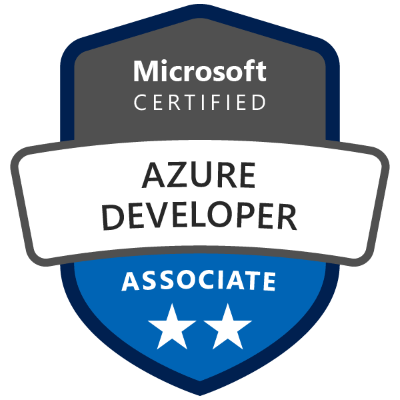
What is the AZ-204 Exam?
So what exactly is the AZ-204 (Developing Solutions For Microsoft Azure) exam all about? In short, the AZ-204 exam is aimed at Cloud Developers already familiar with the Azure platform. It aims to demonstrate proficiency with developing solutions on the Microsoft Azure cloud.
Passing this single exam will earn you the Microsoft Azure Developer Associate Certification.
This exam replaces the older AZ-203 exam (Developing Solutions for Microsoft Azure).
You can find more information about the exam at the below link:
https://docs.microsoft.com/en-us/learn/certifications/exams/az-204
Who is the Certification For?
The AZ-204 exam is suitable for developers that:
- Want to prove their Azure cloud knowledge and skills
- Want to learn more about the Azure cloud
- Want to become a better developer
Before you sit this exam you should ideally have at least 1-2 years professional development experience, including experience with Microsoft Azure. In addition, you should have a certain degree of proficiency with the Azure SDKs, Azure PowerShell, Azure CLI, data storage, data connections, APIs, app authentication and authorization, compute and container deployment, debugging, performance tuning, and monitoring.

My Exam Prep Strategy
My goal with this exam wasn’t to just ‘pass the exam’ but instead to retain my new found knowledge and put it into practice. For this reason I spent close to 3 months preparing for the exam.
Similar to some of the previous exams I’ve completed, my exam preparation strategy was as follows:
- Complete the Self Paced AZ-204 Online Training
- Completed Udemy Course
- Complete the Official AZ-204 Practice Exam
- Compiled a Mind Map of key concepts
What is Covered in the Exam?
The exam may contain questions that spans the below 5 domains:
Develop Azure compute solutions (25-30%)
Implement IaaS solutions
Create Azure App Service Web Apps
Implement Azure functions
Develop for Azure storage (10-15%)
Develop solutions that use Cosmos DB storage
Develop solutions that use blob storage
Implement Azure security (15-20%)
Implement user authentication and authorization
Implement secure cloud solutions
Monitor, troubleshoot, and optimize Azure solutions (10-15%)
Integrate caching and content delivery within solutions
Instrument solutions to support monitoring and logging
| Requirement | Resources |
|---|---|
| Configure instrumentation in an app or service by using Application Insights | https://docs.microsoft.com/en-us/azure/azure-monitor/app/app-insights-overview https://docs.microsoft.com/en-us/azure/azure-monitor/app/website-monitoring |
| Analyze log data and troubleshoot solutions by using Azure Monitor | https://docs.microsoft.com/en-us/azure/azure-monitor/platform/data-platform-logs https://docs.microsoft.com/en-us/azure/azure-monitor/platform/platform-logs-overview |
| Implement Application Insights Web Test and Alerts | https://docs.microsoft.com/en-us/azure/azure-monitor/app/monitor-web-app-availability |
| Implement code that handles transient faults | https://docs.microsoft.com/en-us/azure/architecture/best-practices/transient-faults https://docs.microsoft.com/en-us/aspnet/aspnet/overview/developing-apps-with-windows-azure/building-real-world-cloud-apps-with-windows-azure/transient-fault-handling |
Connect to and consume Azure services and third-party services (25-30%)
Develop an App Service Logic App
| Requirement | Resources |
|---|---|
| Create a Logic App | https://docs.microsoft.com/en-us/azure/logic-apps/logic-apps-overview https://docs.microsoft.com/en-us/azure/logic-apps/quickstart-create-first-logic-app-workflow |
| Create a custom connector for Logic Apps | https://docs.microsoft.com/en-us/connectors/custom-connectors/define-blank |
| Create a custom template for Logic Apps | https://docs.microsoft.com/en-us/azure/logic-apps/logic-apps-create-azure-resource-manager-templates https://docs.microsoft.com/en-us/azure/logic-apps/logic-apps-create-logic-apps-from-templates |
Implement API Management
Develop event-based solutions
Microsoft Learn – Self-Paced Online Training
Microsoft offers FREE self-paced online training that specifically covers many of the key concepts covered in the AZ-204 exam.
The training is split across multiple modules that you can complete at your own pace. Some of the modules include hands-on practical work using a temporary Azure trial subscription – in case you don’t already have an Azure subscription.
Prior to sitting the exam I completed all modules over a period of around 3 weeks.
Below are links to the self-paced training modules:
- Creating Serverless Applications
- Connect your services together
- Store data in Azure
- Deploy a website with Azure virtual machines
- Manage resources in Azure
- Deploy a website to Azure with Azure App Service
- Secure your cloud data
Udemy Online Training
Udemy is an online learning platform that offers over 155,000 different courses across a range of different subjects and has a user base of more than 35 million users around the world.
On the recommendation of my fellow colleagues that had passed the AZ-204 exam, I purchased and watched some Udemy training courses.
I initially started with the AZ-204 exam prep course from Scott Duffy. Overall, Scott is a great trainer, the course is very well structured and covers all the key domains covered in the exam, including a practice test right at the end of the course. Scott is engaging and is well spoken, however, after watching most of the course I felt that the content primarily focused on the higher level concepts rather than drilling into the finer details necessary for the exam.
So I decided to look at some other courses …
| AZ-204 Developing for Microsoft Azure Exam Prep By Scott Duffy  |
I then purchased the AZ-204 exam prep course by Alan Rodrigues on recommendation of another fellow colleague who had also recently passed the exam. After watching many of the modules I was very impressed with the sheer amount of quality content contained in this course, and the amount of detail contained in each module. It covers the high level concepts, as well as digging deep into the code which is essential to pass this exam. It also includes a practice exam as well. It’s clear that Alan has spent a lot of time preparing the materials for this course.
| AZ-204 – Developing Solutions for Azure – UPDATED 2020 By Alan Rodrigues 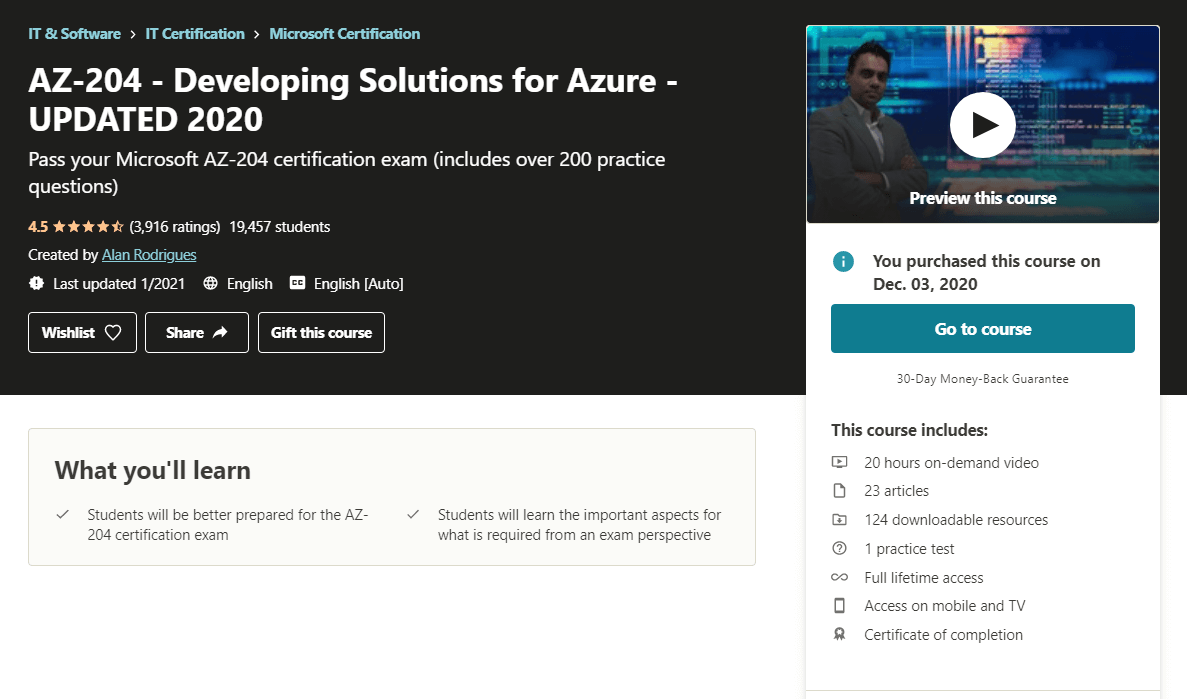 |
My Udemy Recommendation:
If you don’t have much time to prepare or are only interested in understanding the high level concepts then I would recommend taking Scott Duffy’s course, however on the other hand, if you have the time available then I’d recommend taking Alan Rodrigues’s course as it covers the exam content in much greater depth.
A Cloud Guru Online Training
UPDATE: At the time I sat the AZ-204 exam, A Cloud Guru did not have a specific course for the AZ-204 exam, however they have recently released an AZ-204 exam course. So if you are already a subscriber then I would definitely recommend checking it out.
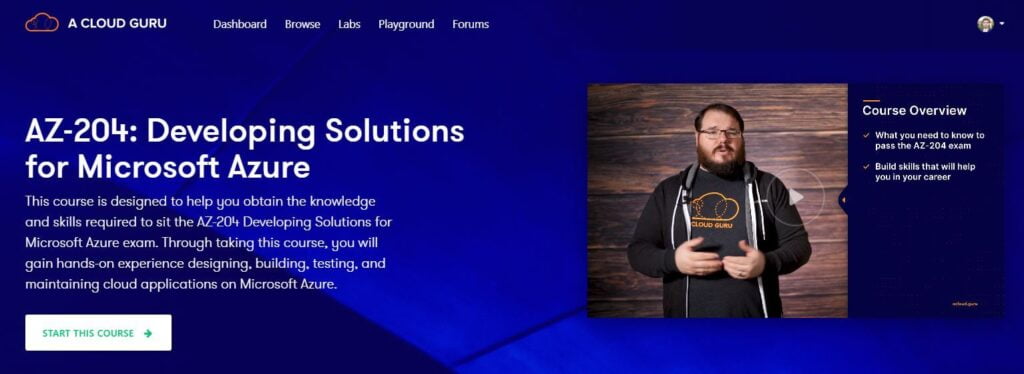
A Cloud Guru is basically an online learning platform that provide high-quality video courses focused on the cloud, including Microsoft Azure, Amazon Web Services and Google Cloud Platform. I’ve been a loyal subscriber of A Cloud Guru for quite sometime now.
I personally have used their courses a number of times in the past when studying for exams with great success. Even if you are not a subscriber, they also have great, FREE content on Youtube, including weekly news summaries of the major cloud providers. It’s definitely worth a look!
Free Microsoft Training + Exam Voucher
Microsoft periodically runs FREE AZ-204 exam training around the globe, and if you are lucky enough then there might be one happening near you, or available online.
Microsoft is known to give out free exam vouchers at these workshops. As an attendee you may be given the option of sitting the exam for FREE on the same day after the in-person workshop, or you given a FREE exam voucher which can be redeemed when booking the exam.
You can find a list of the upcoming Microsoft AZ-204 training at the following link: https://events.microsoft.com.
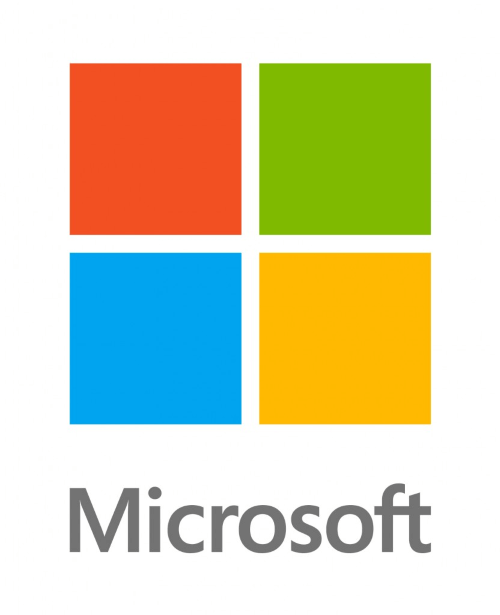
Mind Mapping
I’m a visual learner so I generally find it much easier to absorb visual forms of content (such as video, diagrams, charts, etc.) rather than text based materials such as books and articles. For this reason I used the Mind Mapping technique when preparing for the exam.
Mind mapping is a technique involving organising data into a visual layout. I used the FREE online mind mapping tool Coggle to create a mind map for the exam which I would periodically review to refresh my memory of the exam topics. If I couldn’t remember a specific concept then I would go back and study it again.
You can find my mind map below.
Official Reference Book
If you prefer to study from a reference book then you should consider checking out Microsoft’s official AZ-204 exam reference book.
While I personally didn’t purchase the book, I know it may appeal to others out there that prefer text books.
Sitting the Exam
The exam contains around 45 to 60 questions, including a combination of multiple choice questions, scenario-based questions and case studies. You have 180 minutes to complete the exam, requiring a minimum score of 700 to pass – which I believe equates to around 70%.
Based on my previous experience sitting other Microsoft exams, my strategy for the exam involved a 2-pass approach. I would spend a maximum of 2 minutes per question on the first pass. If I encountered any questions I wasn’t sure about, I would mark it for ‘review’ so that I could come back and review these later.
Be aware that the exam questions can be quite tricky, so it’s important to pay very close attention to the wording of each question. Sometimes a single word can completely change the context of a given question.
You can book the exam through the AZ-204 exam page. You have the option of either completing the exam online or in-person at an exam center. I opted to complete it online because it was more convenient for me.
Note: If you are planning to sit the online exam then I’d recommend that you run the mock test on your workstation at least 1 day before the exam to ensure there are no issues. In my case, my workstation had issues running the exam software, therefore I used an alternative laptop.
Also, some people have noted that they encountered exam questions regarding Kubernetes – even though Microsoft officially states that it is out-of-scope for the exam. Although I personally didn’t encounter any such questions I would suggest that you familiarise yourself with the topic just in case.
How Did I go?
I passed the exam on my first attempt with a score of 840. Yay!
Overall, I found the exam to be the most challenging Microsoft exam I’ve sat to date, therefore I was glad that I had put in the extra effort to prepare for it.
Immediately after completing the exam you’ll be informed of the result. Around a day or so later, you should see your certification appear in the Microsoft Learning portal.
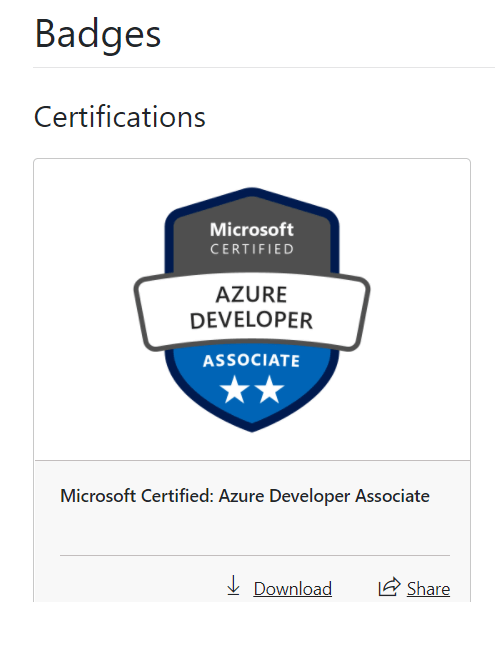
You’ll also be able to download your badge from Acclaim.
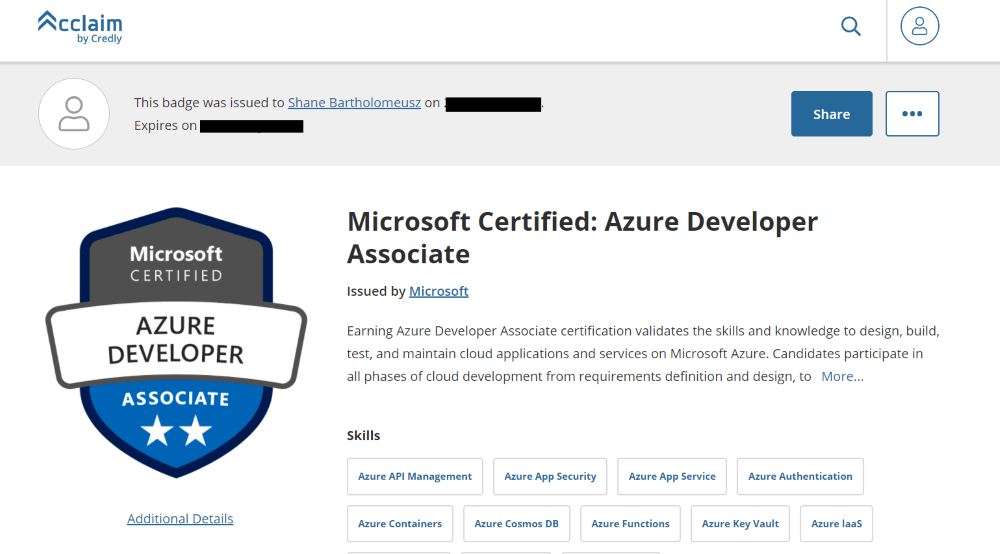
Final Thoughts
I hope this AZ-204 exam study guide has helped you in your preparation for the exam.
I’d love to hear of your experiences of the exam, or any general tips you may have. Feel free to share them in the comments below.
Best wishes for the exam!
- Solved: Filename too long for Git - 18th April 2025
- GitHub Actions Exam Study Guide - 14th February 2025
- Solved: Build Errors Not Showing in VS 2022 - 21st November 2024
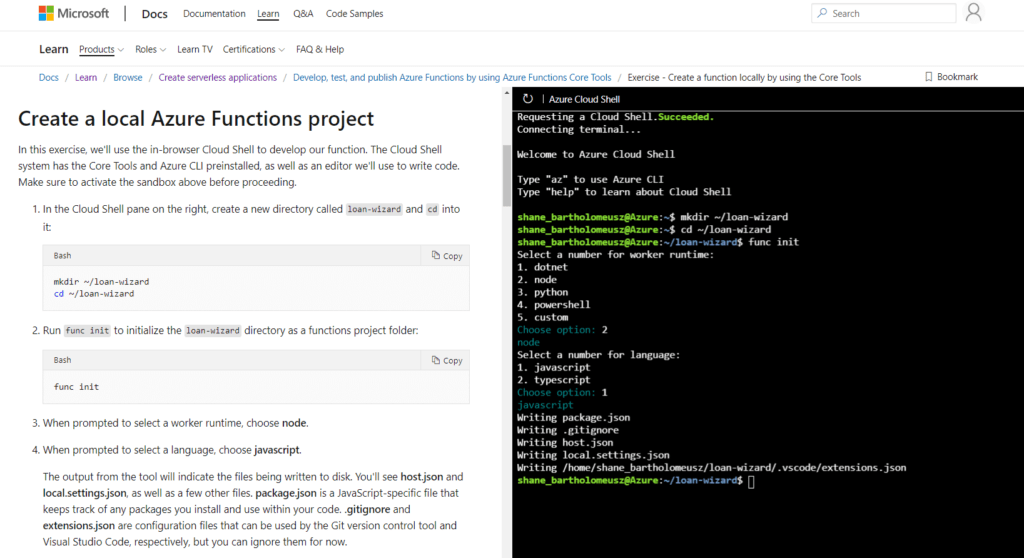
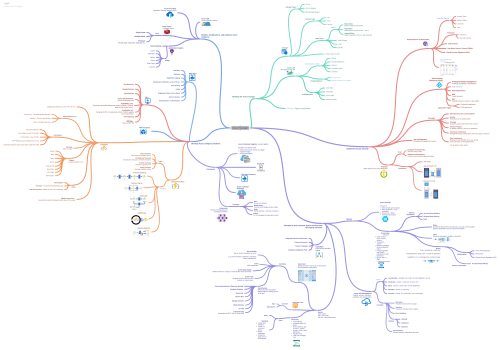
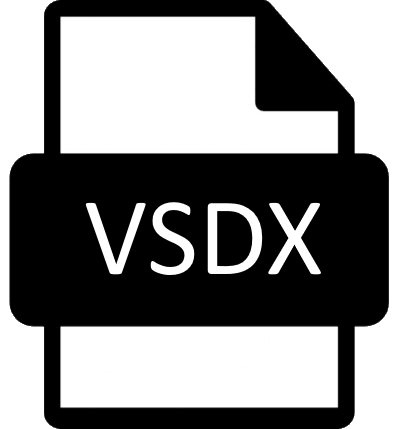
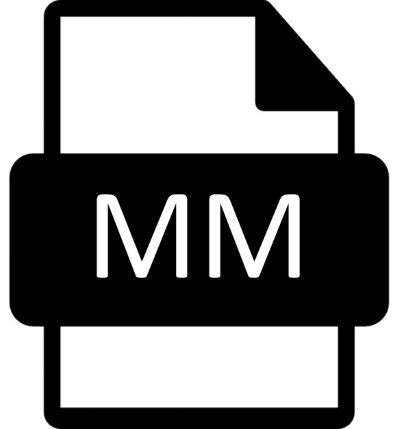
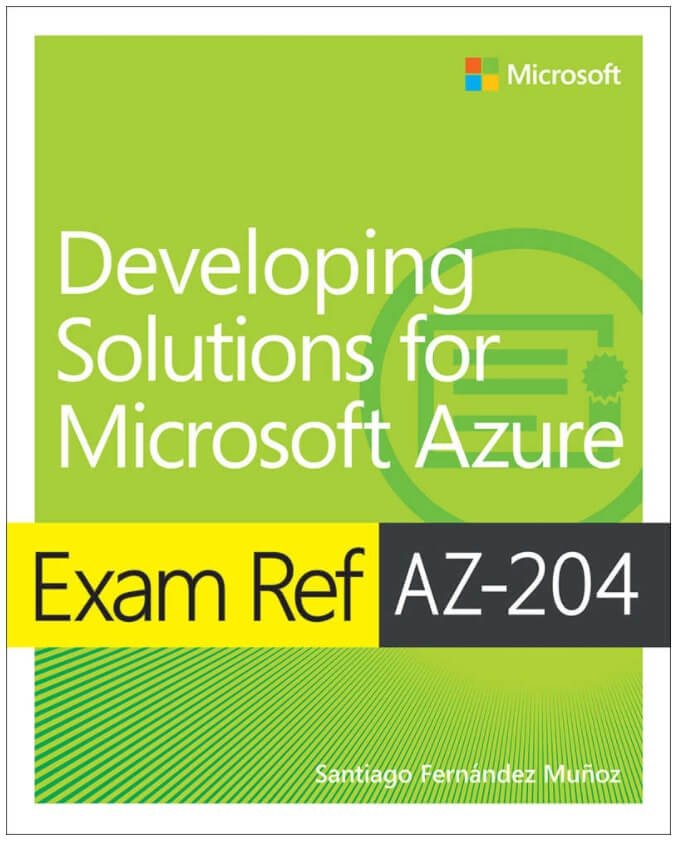


22nd April 2021 at 6:39 pm
Thank you so much for the details.
24th April 2021 at 12:11 am
Hi,
Thanks for the information. Wanted to ask if only the Udemy course by Alan be sufficient enough to prepare for the exam? Or should I also go through Microsoft document for each topic and Microsoft learn path too?
Thanks.
24th April 2021 at 5:35 am
Assuming you’ve already got some level of hands-on experience with Azure, Alan’s course combined reviewing the docs should be sufficient for the exam.
7th May 2021 at 6:20 am
Good Work. Really Helpful. Thanks
18th May 2021 at 10:08 am
Congratulations. I am a Sr SAP developer and wanted to switch to Azure. I don’t have any hands-on experience in Azure. Is it too difficult to clear AZ-204 without prior experience in Azure.
18th May 2021 at 12:03 pm
Hi Rajesh, The Az-204 exam is quite intensive. In your case, I personally wouldn’t recommend the Az-204 exam, instead I would recommend the AZ-900 exam first. From there you can move onto the Az-204. All the best!
18th May 2021 at 12:08 pm
Thanks Shane for your response. Yes, I completed Az-900 certification last week and was thinking of starting AZ-204. Sorry, I should have mentioned this in my earlier post.
18th May 2021 at 6:44 pm
In that case give it a shot! Easiest way to tell if you’re ready is to try sit a practice exam, you can either sit the official MS exam from MeasureUp or even one of the prac exams from the Udemy courses that I suggested.
20th January 2023 at 5:46 am
Thank you very much! This is a really helpful post.
4th January 2025 at 7:17 am
Nice reference thanks